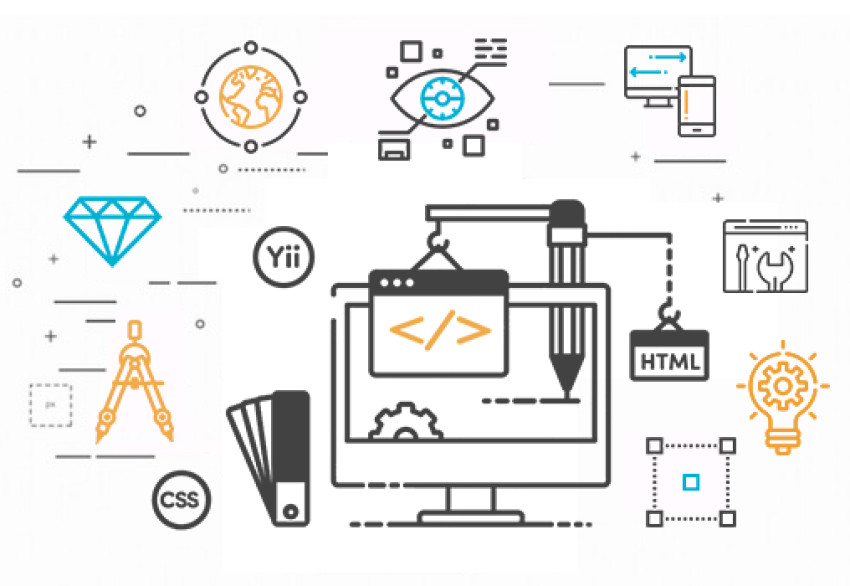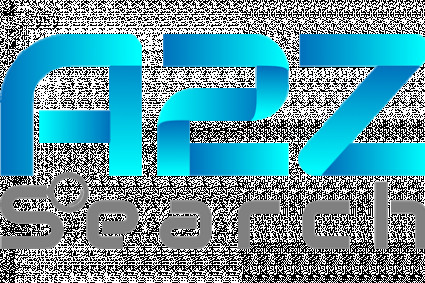
Web development and web design play a crucial role in creating websites that captivate audiences and deliver a seamless user experience. Developers and designers bring their unique skill sets to the table. They collaborate to strike a delicate balance between functionality and aesthetics. Recognizing the symbiotic relationship between web development and web design is essential for anyone involved in the creation of modern, engaging, and user-friendly websites. As technology continues to advance, this collaboration will remain at the forefront of innovation.
Understanding Web Development:
Web development is the backbone of any website. Developers are responsible for building the functionality of a website. They ensure that it runs smoothly and efficiently. This includes front-end development, which focuses on the user interface and experience, and back-end development.
Key Components of Web Development:
1. HTML/CSS: The foundation of web development lies in Hypertext Markup Language (HTML) and Cascading Style Sheets (CSS). HTML provides the structure of a webpage, while CSS dictates its visual presentation. Together, they form the basis for creating an aesthetically pleasing and well-organized website.
2. JavaScript: As a scripting language, JavaScript adds interactivity to web pages. It enables developers to create dynamic elements, handle user input, and enhance the overall user experience. JavaScript is a pivotal tool in front-end development. It contributes to the responsiveness and functionality of a website.
3. Back-End Languages: Web developers utilize various programming languages, such as Python, PHP, Ruby, or Node.js, to build the server-side functionality of a website. This involves managing databases, processing user requests, and handling the overall server logic.
Understanding Web Design:
On the other hand, web design is primarily concerned with the visual and interactive aspects of a website. Designers focus on creating a user-friendly interface that aligns with the brand identity and engages visitors. Web design encompasses a range of skills, from graphic design to user experience (UX) and user interface (UI) design.
Key Components of Web Design:
1. Visual Elements: Graphic design plays a significant role in web design, incorporating images, icons, and other visual elements to enhance the overall appeal of a website. Designers use tools like Adobe Photoshop or Illustrator to create visually striking layouts that capture the attention of visitors.
2. User Experience (UX) Design: UX design involves crafting an optimal user journey by considering factors such as navigation, accessibility, and usability. Designers focus on creating a seamless and enjoyable experience for visitors. It ensures that they can easily navigate and interact with the website.
3. User Interface (UI) Design: UI design is concerned with the look and feel of the user interface. It involves designing buttons, menus, and other interactive elements to create a natural and visually appealing interface. UI designers collaborate with developers to ensure that the design is implementable and functional.
The Intersection of Web Development and Web Design:
1. Communication and Collaboration: Effective communication between developers and designers is crucial throughout the website development process. By collaborating closely, web design and web development company Kolkata can ensure that the design vision is translated into functional code seamlessly. Regular feedback loops and discussions help bridge the gap between creative design and technical implementation.
2. Responsive Design: With an increasing number of devices used to access the internet, responsive design has become essential. This approach ensures that a website adapts to various screen sizes and resolutions. It provides a consistent and optimal experience across desktops, tablets, and smartphones. Achieving responsive design requires a collaborative effort between developers and designers to implement flexible layouts and fluid grids.
3. Performance Optimization: Both web development and web design contribute to the performance of a website. Developers optimize code and resources for faster loading times, whereas designers optimize images and visual aspects for efficiency. A well-balanced collaboration ensures that a website not only looks good but also performs optimally, contributing to a positive user experience.





